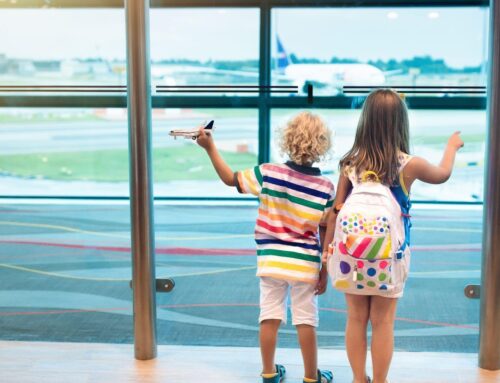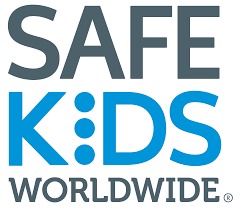How to Overcome Jet Lag When Traveling with Your Baby: A Handy Guide
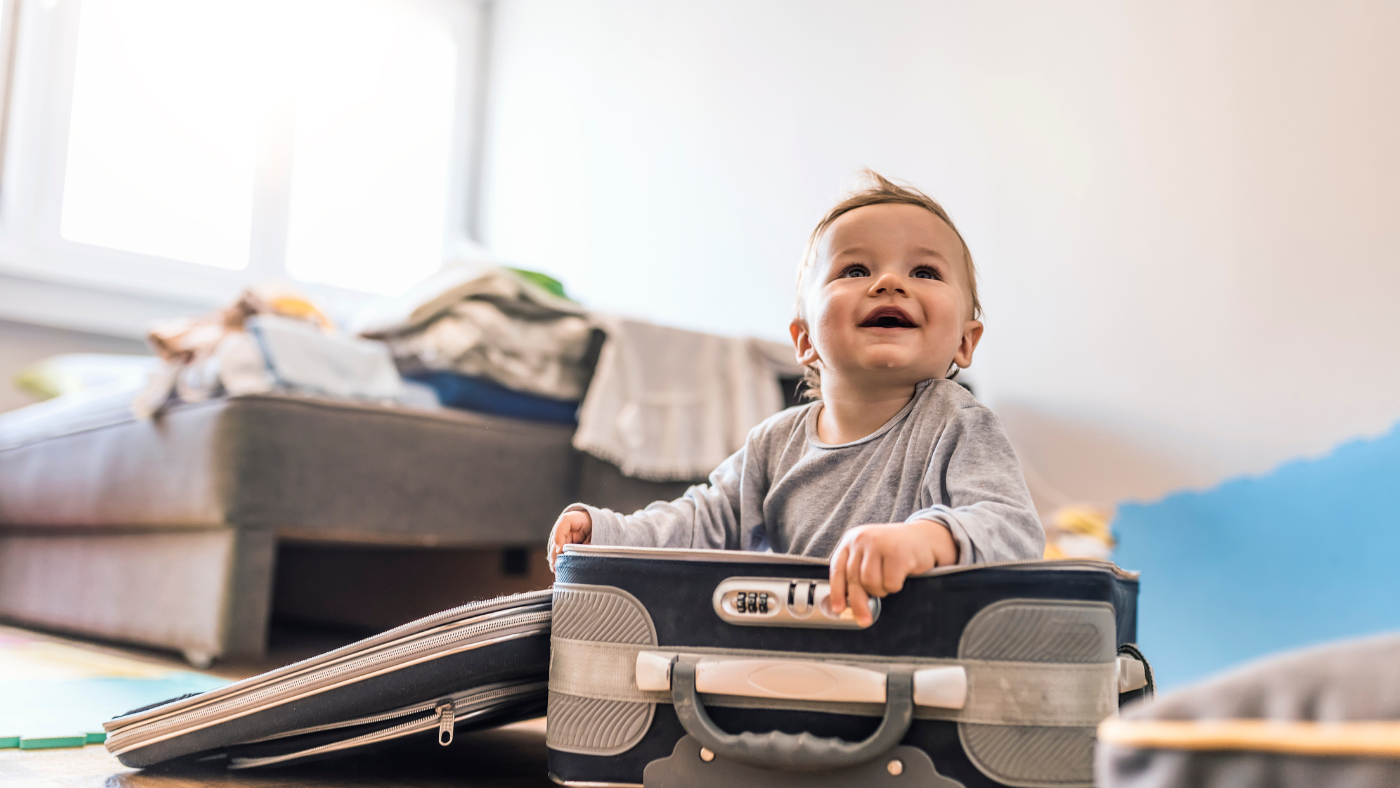
Jet lag is one of the most dreaded things when flying with a baby. While your sleep may not be affected much by small-time changes on your travels, babies can get rattled by it. Especially after long-haul flights to far-flung destinations, traveling with a baby can get more complicated.
A bout of jet lag during and after a vacation can mean a considerable shift in nighttime routines. Fortunately, we have compiled a guide on managing jet lag in babies. In the first part of this guide, we will help you avoid jet lag through time-tested tips and travel hacks. Meanwhile, if your baby is already jet-lagged, the second part of this guide will give you tips on how to overcome it.
How to Prevent Jet Lag in Babies
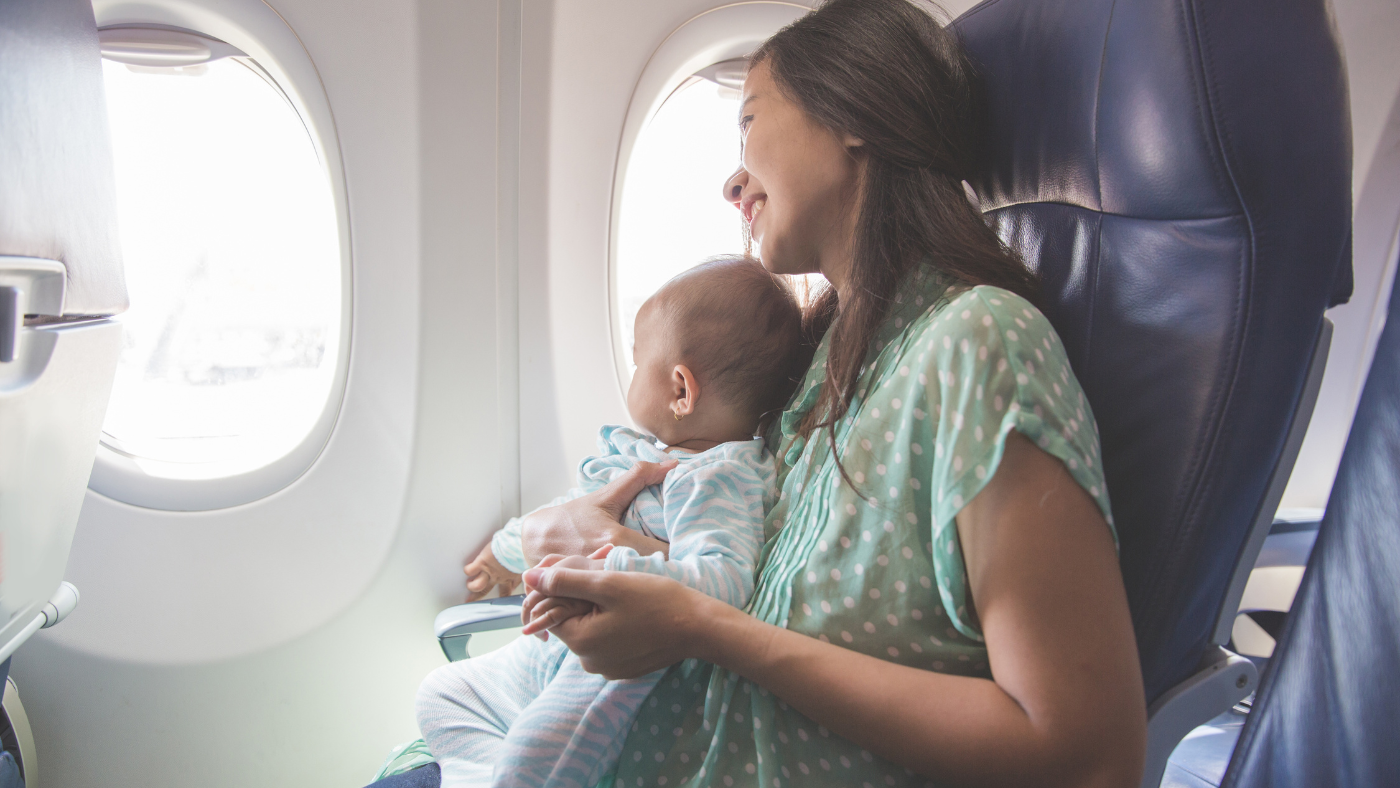
Jet lag may not be prevented, but knowing your travel plans can lessen its impact. Here are tips on how to prepare your baby or toddler before going on the trip:
- Choose an ideal flight time. Always remember that flying west is typically easier than flying east. East-bound flights are more complicated to adjust to since the time zone is ahead, making it difficult to catch up to the pristine environment. Remember this when booking flights for your trip.
- A night flight from your point of origin is the best option to prevent jet lag in babies. Following helpful tips on flying with a baby can help them sleep better during flights. Besides, you and your baby can get on with the planned activities and easily adjust upon waking.
- Choose stopovers. Long-haul flights that pass through multiple time zones worsen the effects of jet lag, especially with babies. Two massive flights back-to-back on your family vacation are too much for little ones to manage. Stopovers are a kinder way of handling it, plus there are tons of sights and attractions to manage long breaks in airports.
- Consult your pediatrician. Melatonin is a natural sleep aid, and there are many child-friendly melatonin syrups and gummies for children for purchase in health stores. It is said to be one of the most effective natural remedies but consult with your doctor first before trying this remedy.
- Adjust the sleep schedule. Here, you can decide whether to reset or gradually adjust the sleep schedule. A short trip is not usually worth the trouble of resetting since this can bring confusion to the sleeping patterns. For example, if you are going on a family trip for a long time, you can adjust the sleep schedule earlier or later a few days before the flight.
Get Your Baby Back on Track: Overcoming Jet Lag

Adjusting to jet lag can be tricky, and some factors depend on how old your child is. For example, infants under six months do not have regular sleep cycles, so changing time zones may not cause a fuss. But older babies and toddlers can have difficulty adjusting because of their routine nap times.
With the correct strategies, your baby or toddler can adjust to different time zones in days. Here are ways how to help your little one quickly overcome jet lag:
- Go under the sun. Sunlight exposure plays a role in resetting the body’s internal clock. It is true for both children and adults, so you can also benefit from walking or bathing under the sun after waking up. Additionally, keeping the window coverings open helps overcome jetlag since the light signals the body to adjust to the daytime.
- Keep moving. Being active during the day can help your baby overcome jetlag faster. So, head on to the park, playground, or swimming pool to help your baby use up energy, and this will tire them out enough to sleep better at bedtime.
- Know when to keep them awake. Sometimes, staying awake longer can help your baby adjust faster to the time zone. So, for example, you can give your child engaging activities and new toys to entertain them, not let them fall asleep. You know your child and how much they can handle. Be careful not to overtire them since this will lead to more trouble in their sleeping patterns.
- Watch for sleepy cues. Being sensitive to your baby’s sleep cues is the primary way to avoid an overtired baby. Signs of sleepiness such as rubbing eyes, yawning, and fussiness are good indicators to determine when to place your child in the crib.
- Aim for consistency. An established bedtime routine is necessary for babies and toddlers. Even during your family trip, stick to the established bedtime routine. A favorite book, a bath, and familiar lullabies can signal a child it is now time to sleep.
- Pack a piece of home. If your baby is jet-lagged while on vacation, a familiar item from home can ease crankiness due to jet lag. The crib sheet and beddings are good examples since their familiar smell may calm and can help induce sleep.
Bonus Tip: Book a Kidmoto Ride!
It is a fact that a tired and cranky parent affects the mood of the little ones. Sometimes, the best thing you can do is make sure you are calm and collected during the trip. It starts on your journey to the airport.
Parents should simplify much to avoid the hassles of flying with a baby. One thing to consider is to ditch the car seats at home. However, do not worry about traveling to or from the airport in an unsecured vehicle.
Book a Kidmoto car service with pre-installed car seats to enjoy travel convenience when your vacation starts. The booking process is quick and convenient through the Kidmoto App, available for download through Google Play Store or Apple App Store.
Make the Most of It
Adjusting to a time change is a process but remember that it will not last forever. Give your baby a couple of days to return to their usual self but take it easy and empathize if they are cranky or needy.
Sometimes, the best strategy is to go with it. Traveling with babies in tow is exhausting but also exciting. You can make most of it by exploring places in off-hours before it is crawling with tourists.
With ample time to adjust, your baby will soon overcome jet lag. With our tips and tricks for dealing with baby jet lag, the process can be quicker and easier for both you and your baby.

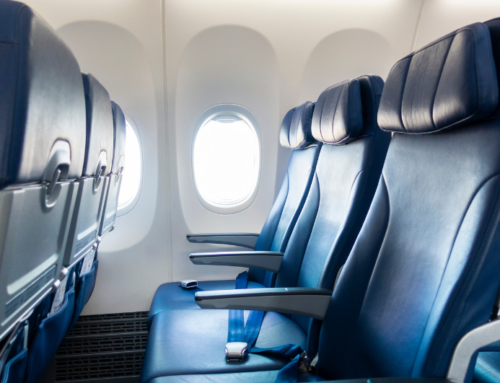
![Essential Tips for Flying with Kids on Thanksgiving [2022]](https://kidmoto.taxi/wp-content/uploads/2022/11/Flying-on-Thanksgiving-500x383.jpg)
